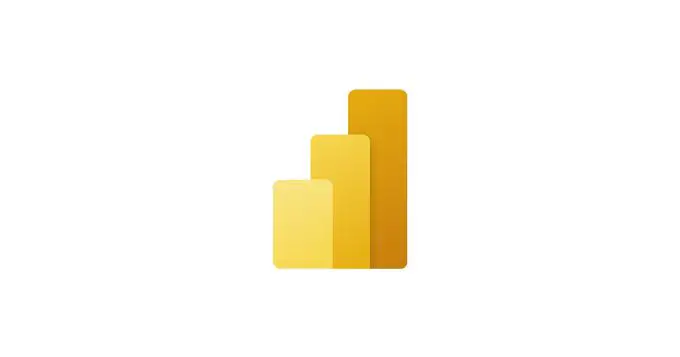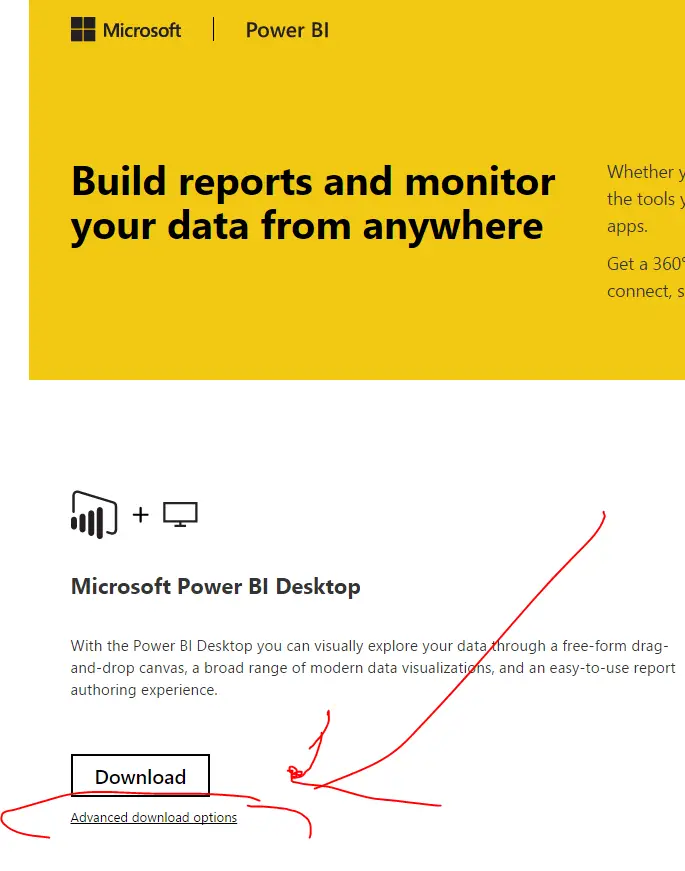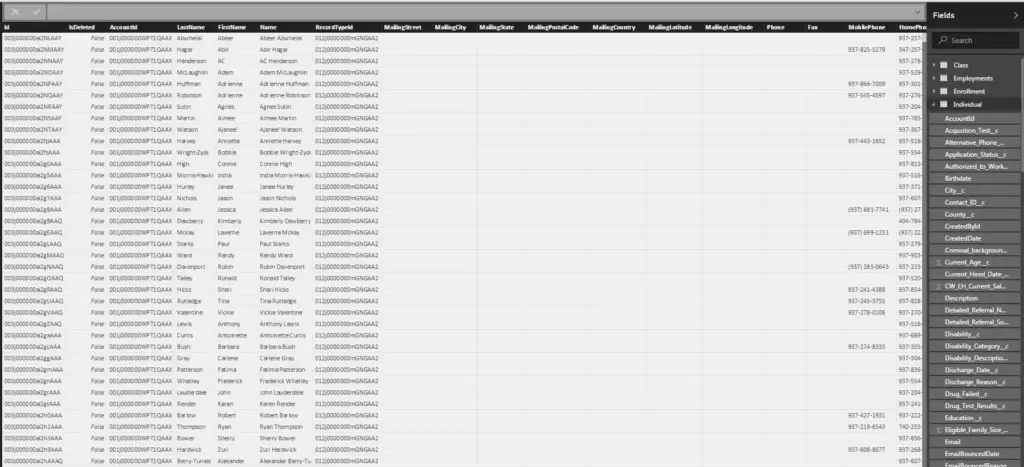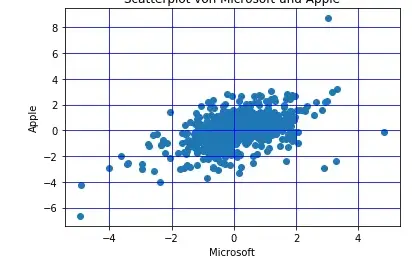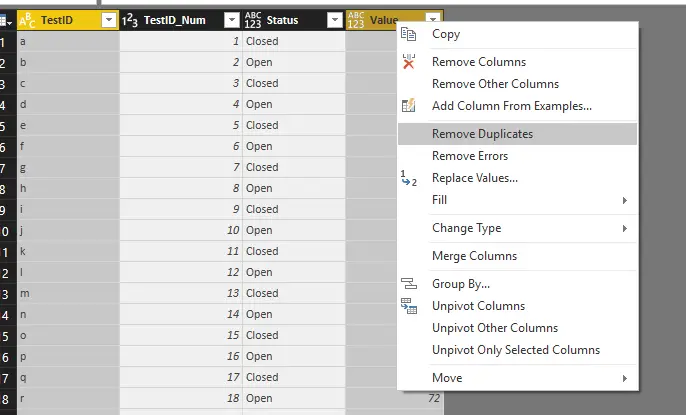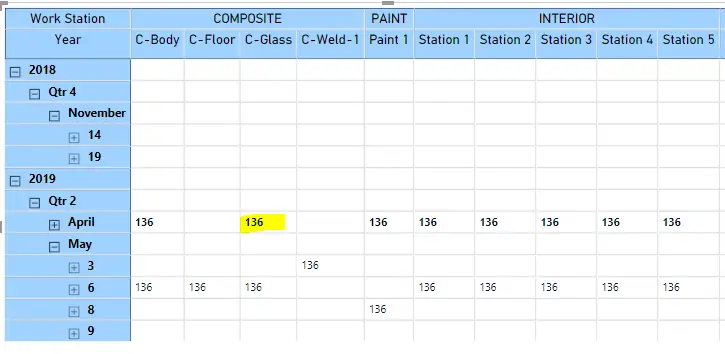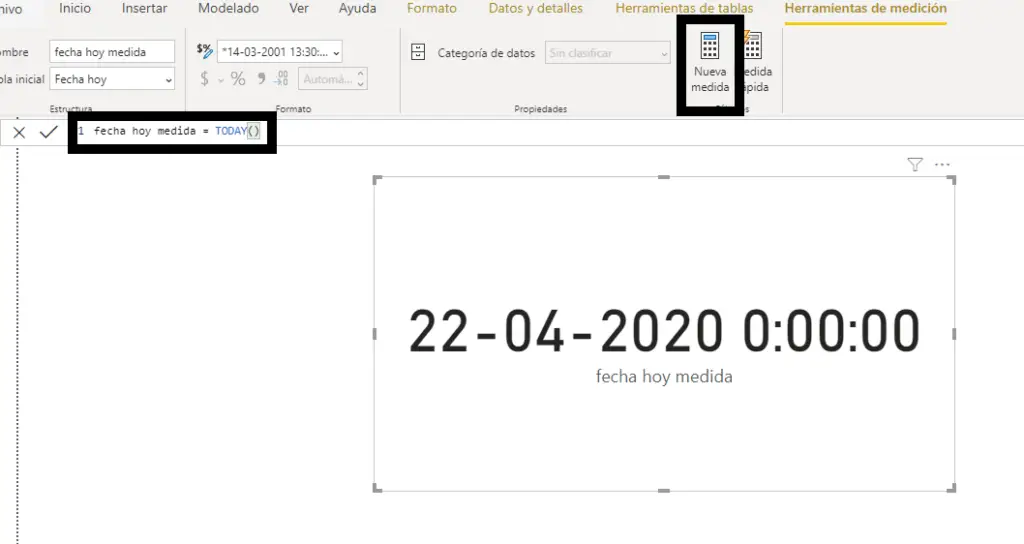Daven
Hola,
Estoy buscando convertir la columna de fecha y hora UTC al horario de verano EST. ¿Cómo lo convierto en PowerBI?
Gracias por su ayuda de antemano
Daven
Edhans
Para convertir lo que @mahoneypat publicó funciona, pero si está tratando de compensar el horario de verano de forma dinámica, consulte el siguiente código M.
let
Source = Table.FromRows(Json.Document(Binary.Decompress(Binary.FromText("VZDLCQAhDAV78Sxonv9axP7bWLNPMN4mDMYhc7oUBAFRmvNOJBTy8r8RnTpNJh8TdRo0iUzT94BIIeTzRBdAaBr5GF0A0FTyMZqGdNM2mwDkG7CZZuhQKEA2ZdWI+pQ1U9ae/7v5v9vTYNzTYNiyFG/Z5rU+", BinaryEncoding.Base64), Compression.Deflate)), let _t = ((type nullable text) meta [Serialized.Text = true]) in type table [dtDSTStart = _t, dtDSTEnd = _t]),
#"Changed Type" = Table.TransformColumnTypes(Source,{{"dtDSTStart", type date}, {"dtDSTEnd", type date}}),
varCurrentDate = DateTime.Date(DateTimeZone.SwitchZone(DateTimeZone.LocalNow(),-8)),
#"Filtered Rows" = Table.SelectRows(#"Changed Type", each [dtDSTStart] < varCurrentDate and [dtDSTEnd] > varCurrentDate),
varDSTOffset = Table.RowCount(#"Filtered Rows"),
#"Last Refresh Date" = #table(
type table
[
#"RefreshDate"=datetimezone
],
{
{DateTimeZone.SwitchZone(DateTimeZone.LocalNow(),-8 + varDSTOffset,0)}
}
)
in
#"Last Refresh Date"Si, en Power Query, selecciona el icono de engranaje junto a la Fuente, verá la tabla de horarios de activación / desactivación del horario de verano de EE. UU. Necesita cambiar mi -8 para PST a -5 para EST. Esto agregará o no agregará dinámicamente 1 hora para el horario de verano según sea necesario, según el calendario del sistema.
Si solo desea calcular el desplazamiento DST (1 o 0), elimine el último paso de longitud:
let
Source = Table.FromRows(Json.Document(Binary.Decompress(Binary.FromText("VZDLCQAhDAV78Sxonv9axP7bWLNPMN4mDMYhc7oUBAFRmvNOJBTy8r8RnTpNJh8TdRo0iUzT94BIIeTzRBdAaBr5GF0A0FTyMZqGdNM2mwDkG7CZZuhQKEA2ZdWI+pQ1U9ae/7v5v9vTYNzTYNiyFG/Z5rU+", BinaryEncoding.Base64), Compression.Deflate)), let _t = ((type nullable text) meta [Serialized.Text = true]) in type table [dtDSTStart = _t, dtDSTEnd = _t]),
#"Changed Type" = Table.TransformColumnTypes(Source,{{"dtDSTStart", type date}, {"dtDSTEnd", type date}}),
varCurrentDate = DateTime.Date(DateTimeZone.SwitchZone(DateTimeZone.LocalNow(),-8)),
#"Filtered Rows" = Table.SelectRows(#"Changed Type", each [dtDSTStart] < varCurrentDate and [dtDSTEnd] > varCurrentDate),
varDSTOffset = Table.RowCount(#"Filtered Rows")
in
varDSTOffsetLuego, usando las fórmulas @mahoneypat enumeradas, puede usar algo como
=DateTimeZone.SwitchZone([UTC Date Column],-8 + varDSTOffset,0)1) En Power Query, seleccione New Source, luego Blank Query
2) En la cinta de Inicio, seleccione el botón «Editor avanzado»
3) Elimina todo lo que ves, luego pega el código M que te he dado en ese cuadro.
4) Presione Listo
5) Consulte este artículo si necesita ayuda para usar este código M en su modelo.
v-kelly-msft
Hola @Daven,
Verifique la referencia a continuación:
https://in satellitect.com/convert-utc-local-time-daylight-savings-support-power-bi/
Kelly
v-kelly-msft
Hola @Daven,
Verifique la referencia a continuación:
https://in satellitect.com/convert-utc-local-time-daylight-savings-support-power-bi/
Kelly
edhans
Para convertir lo que @mahoneypat publicó funciona, pero si está tratando de compensar el horario de verano de forma dinámica, consulte el siguiente código M.
let
Source = Table.FromRows(Json.Document(Binary.Decompress(Binary.FromText("VZDLCQAhDAV78Sxonv9axP7bWLNPMN4mDMYhc7oUBAFRmvNOJBTy8r8RnTpNJh8TdRo0iUzT94BIIeTzRBdAaBr5GF0A0FTyMZqGdNM2mwDkG7CZZuhQKEA2ZdWI+pQ1U9ae/7v5v9vTYNzTYNiyFG/Z5rU+", BinaryEncoding.Base64), Compression.Deflate)), let _t = ((type nullable text) meta [Serialized.Text = true]) in type table [dtDSTStart = _t, dtDSTEnd = _t]),
#"Changed Type" = Table.TransformColumnTypes(Source,{{"dtDSTStart", type date}, {"dtDSTEnd", type date}}),
varCurrentDate = DateTime.Date(DateTimeZone.SwitchZone(DateTimeZone.LocalNow(),-8)),
#"Filtered Rows" = Table.SelectRows(#"Changed Type", each [dtDSTStart] < varCurrentDate and [dtDSTEnd] > varCurrentDate),
varDSTOffset = Table.RowCount(#"Filtered Rows"),
#"Last Refresh Date" = #table(
type table
[
#"RefreshDate"=datetimezone
],
{
{DateTimeZone.SwitchZone(DateTimeZone.LocalNow(),-8 + varDSTOffset,0)}
}
)
in
#"Last Refresh Date"Si, en Power Query, selecciona el icono de engranaje junto a la Fuente, verá la tabla de horarios de activación / desactivación del horario de verano de EE. UU. Necesita cambiar mi -8 para PST a -5 para EST. Esto agregará o no agregará dinámicamente 1 hora para el horario de verano según sea necesario, según el calendario del sistema.
Si solo desea calcular el desplazamiento DST (1 o 0), elimine el último paso de longitud:
let
Source = Table.FromRows(Json.Document(Binary.Decompress(Binary.FromText("VZDLCQAhDAV78Sxonv9axP7bWLNPMN4mDMYhc7oUBAFRmvNOJBTy8r8RnTpNJh8TdRo0iUzT94BIIeTzRBdAaBr5GF0A0FTyMZqGdNM2mwDkG7CZZuhQKEA2ZdWI+pQ1U9ae/7v5v9vTYNzTYNiyFG/Z5rU+", BinaryEncoding.Base64), Compression.Deflate)), let _t = ((type nullable text) meta [Serialized.Text = true]) in type table [dtDSTStart = _t, dtDSTEnd = _t]),
#"Changed Type" = Table.TransformColumnTypes(Source,{{"dtDSTStart", type date}, {"dtDSTEnd", type date}}),
varCurrentDate = DateTime.Date(DateTimeZone.SwitchZone(DateTimeZone.LocalNow(),-8)),
#"Filtered Rows" = Table.SelectRows(#"Changed Type", each [dtDSTStart] < varCurrentDate and [dtDSTEnd] > varCurrentDate),
varDSTOffset = Table.RowCount(#"Filtered Rows")
in
varDSTOffsetLuego, usando las fórmulas @mahoneypat enumeradas, puede usar algo como
=DateTimeZone.SwitchZone([UTC Date Column],-8 + varDSTOffset,0)1) En Power Query, seleccione New Source, luego Blank Query
2) En la cinta de Inicio, seleccione el botón «Editor avanzado»
3) Elimina todo lo que ves, luego pega el código M que te he dado en ese cuadro.
4) Presione Listo
5) Consulte este artículo si necesita ayuda para usar este código M en su modelo.
mahoneypat
En el editor de consultas, puede utilizar una de las funciones DateTimeZone como DateTimeZone.ToLocal o DateTimeZone.SwitchZone.
https://docs.microsoft.com/en-us/powerquery-m/datetimezone-zonehours
Si esto le funciona, márquelo como la solución. Las felicitaciones también son apreciadas. Por favor avíseme si no.
Saludos,
Palmadita


